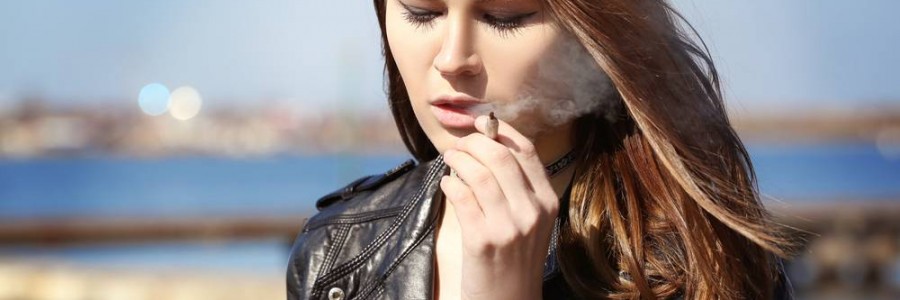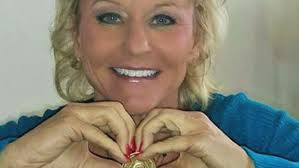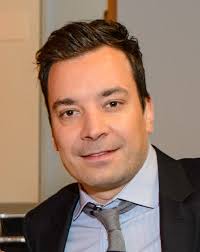I tried smoking medical marijuana for my anxiety disorder but it made my symptoms worse and I stopped. The AA ideas came rushing back: “Does this mean I’m not sober anymore?”
I first came into recovery the same way most people do; after a six year downward spiral into alcoholism, I finally put up a white flag and went to treatment, where I was introduced to Alcoholics Anonymous.
I remember the first meetings I went to. Hearing other people’s stories and knowing that I wasn’t the only person who had made a complete mess of their life gave me hope that I could one day recover. I was regularly inspired by the people that I met in the rooms and their experience, strength and hope kept me going when things got hard.
AA is responsible for getting me through those first white-knuckle days of sobriety, and for that I’m eternally grateful. But from the beginning, there were things about the program that didn’t quite jive with me, particularly the way relapses were handled.
Addiction is a chronic disease; statistics for relapse rates vary depending on who you ask, but according to the National Institute on Drug Abuse, 40 – 60% of people treated for substance abuse will relapse (the relapse rates for opioids are even higher, with many statistics putting the rate as high as 91%).
For many, relapse is a part of their recovery. But in my experience, it wasn’t treated that way in the rooms.
A slip or a relapse was often treated less like a natural part of the recovery process and more like a full-fledged abandonment of sobriety. No matter how long you had sober, if you slipped up, you were back to square one. You were a newcomer again, the days or months or years of time and energy you spent building your recovery and transforming into a better, more honest person – erased.
To me, that seemed completely and totally backwards. And in my experience, it did more harm than good. It seemed that many people, afraid of judgement and “losing their clean time,” were too ashamed to go back to the rooms after slipping up. I’ve heard stories of minor slips becoming full on relapses as people thought “well, I already lost my clean time… no point in stopping now!”
That didn’t sit right with me. For this (and many other reasons), I ultimately decided AA wasn’t for me.
Flash forward to six years into my recovery. Battling an increasingly severe anxiety disorder, I decided to give medicinal marijuana a try. I smoked a few times, found that it didn’t relieve any of my symptoms (in fact, it exacerbated them) and decided it wasn’t for me.
Now, at this point, I hadn’t been to a meeting in about three years. But a lot of the ideas I learned in AA came rushing back to the forefront of my consciousness. All of a sudden, I started questioning everything I knew about myself, my choices, and my recovery:
“Does this mean I’m not sober anymore?”
“What will people say when they find out?”
“Are the past six years of my recovery – and life – now null and void?”
“Are people going to think this means I want to start drinking again?”
I quickly fell into a shame spiral. Read more






